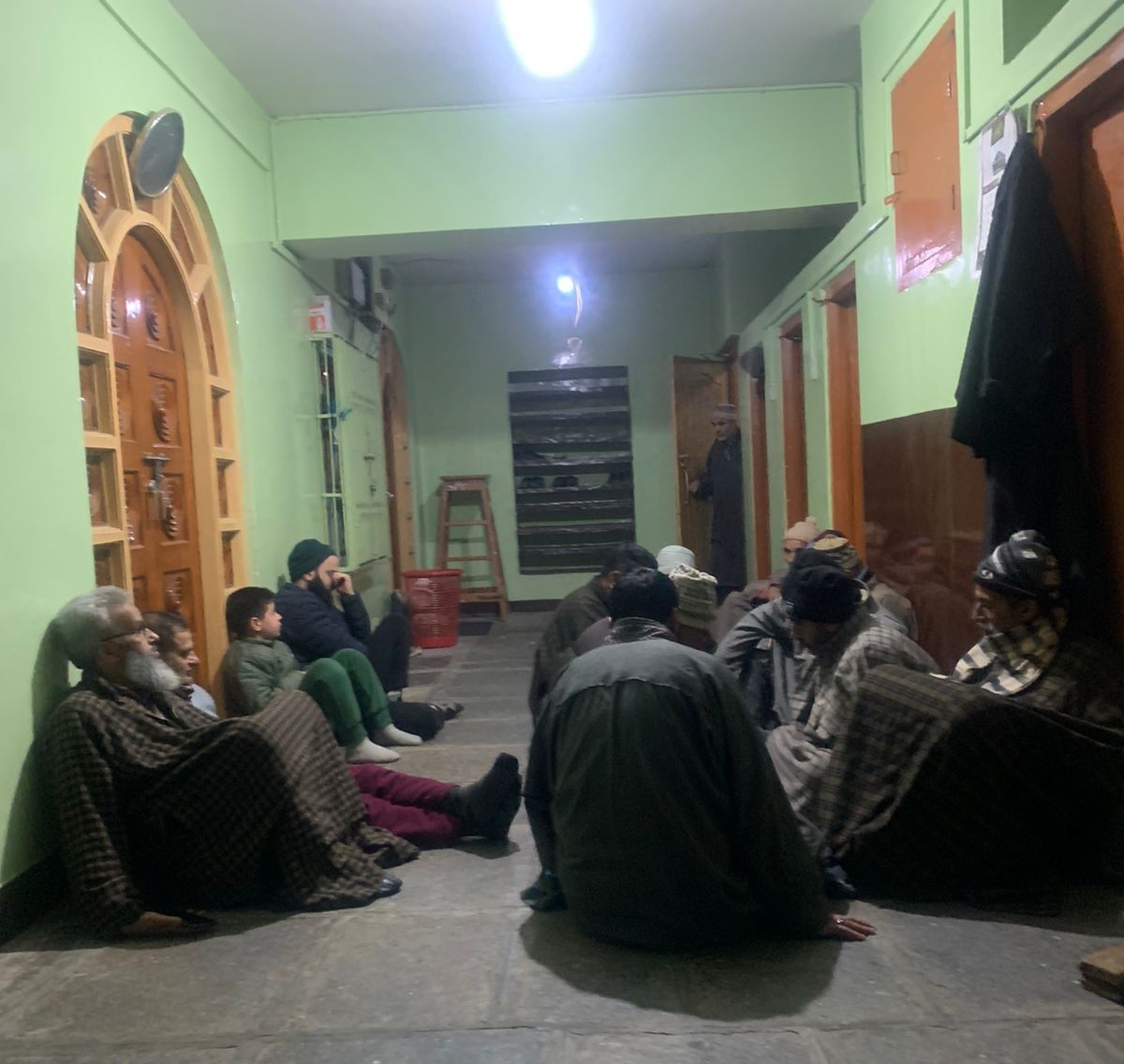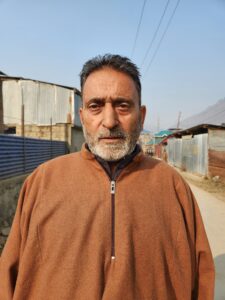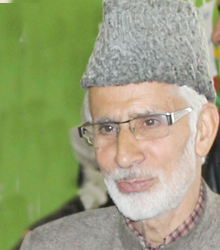Hamams in Kashmir move from mosques to homes

Traditionally, hamams have been cultural focal points in mosques as devotees gather around hamams not just for the warmth of the steams there, but also as a place to exchange with friends and acquaintances (Photo: Masrat Nabi)
The onset of winter, which typically starts in November, prompts residents in northern India, especially in the Himalayan region, to prepare themselves for frigid temperatures. Each place has its own traditional buffer against intense cold. In recent years, the people in Jammu and Kashmir have been forced to return to the tried-and-true methods of staying warm through traditional hamams as a result of an erratic power supply.
Traditionally, hamams have been cultural focal points in mosques as devotees gather around hamams not just for the warmth of the steams there, but also as a place to exchange with friends and acquaintances, creating a sense of community and togetherness.
“For us, winter is a time of getting together, not just for warmth but for a sense of community that’s deeply rooted in our culture,” Nasir Ahmed, a resident of Baramulla, tells Media India Group as he reflects on the shift towards traditional heating methods.
“A decade ago, we thought modern heating appliances were the future. But with power cuts and high electricity bills, we have realised that the old ways have a persistent charm,” Ahmed continues, his gaze fixed on the flickering glow of the hamam in his living room.
Ghulam Mohammad, another resident of Baramulla, had installed a hamam last year in his newly constructed house after spending three years shivering and unable to sleep in the new house. “I was not aware that the concrete house would be so cold in winter. Last year I dug out the floor of one of the rooms to create a Hamam and now I am in love with it,” Mohammad tells Media India Group.
Most people who have built new houses in rural Kashmir have been installing hamams in their old houses as well, to save themselves and their children from the cold. Besides the increase in temperature and perils of concrete houses, the lack of power supply and increase in electricity tariff has also forced many to install hamams.
“A hamam is a room wherein thick, hand-slashed rectangular slabs of limestone are laid over an emptied out floor. Columns of block support the slab at the joints, which are fixed with cement. Every slab, sculpted from blocks of rock extracted from a quarry the inside walls of the hamam are fixed with blocks sealed with lime mortar. Strewn with sand, bits of glass and boulders dot the floor to retain heat, and firewood is placed in the Hamam through a small iron door. The smoke escapes through a chimney that goes straight up to the rooftop, through all levels of the house. Aijaz Ahmad, a mason specialising in construction of hamams, tells Media India Group.
“Over the last few years, I have constructed over 1,000 hamams in various parts of the Valley The resurgence of hamams is quite evident, and one of the key reasons is the frequent power cuts during bone-chilling winter months and the surge in electricity tariffs. Now, even the well-off prefer having a Hamam at home as it offers the best defence against the harsh winter without relying on modern heating appliances that are tied to electricity,” he adds.
But the construction of hamams is not just about practicality, it is also about reclaiming a cultural heritage that has bound communities together for generations.
“Hamam has more than seven centuries of history in Kashmir and the concept of hamam was adopted from Central Asia,” Zareef Ahmad Zareef, a Kashmiri poet tells Media India Group.
“However, various historians believe that hamam originated from Turkey. They are of the view that the concept of hamam building arrived in the Mughal era,” adds Zareef.











